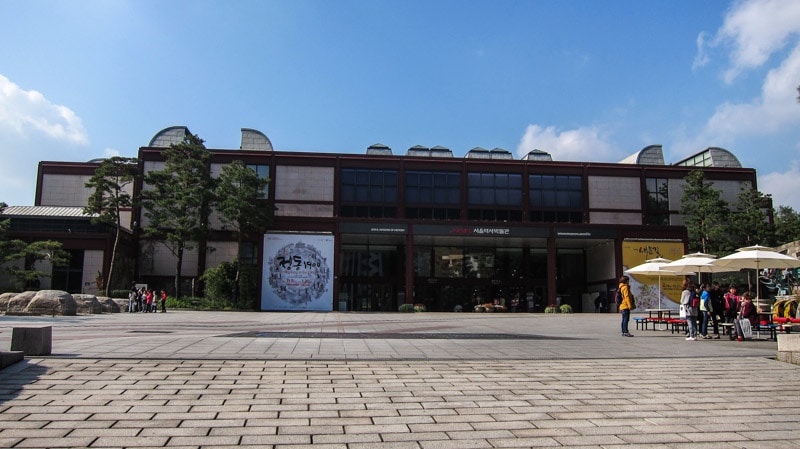
Admission, including nearby Gyeonghuigung Palace, is free.
Free audio guides (English, Japanese, Chinese) are available from 10:00 – 19:00 at the Information Desk on the first floor.
Closed Mondays.
Opened in 1985, the Seoul Museum of History proudly preserves and showcases the history, tradition, and culture of this great country. The museum is located adjacent to Gyeonghuigung Palace. On May 5, 2002, the museum reopened after renovations to the thrill of the citizens of Korea.
Everything you wanted to know about the history of Seoul can be found at this interesting free museum.
While walking from exhibit to exhibit, visitors will learn about the history of the city through war and peace. They will see how this land evolved from prehistoric times, see how kings ruled during the Joseon Dynasty, and understand how the city became a thriving and modern metropolis that it is today. There is also a 1:1,500 scale model of the city which is quite interesting to view.
Learn who first settled this area and how and why the capital, Hanyang, was located here. From here, you can learn everything about the everyday citizens, kings, and palaces of the Joseon Dynasty and how they built and protected the city during times of peace and war, especially with Japan. Finally, see how Seoul modernized and climbed out of the ashes of the Korean War to become a powerful and successful city that it is today.
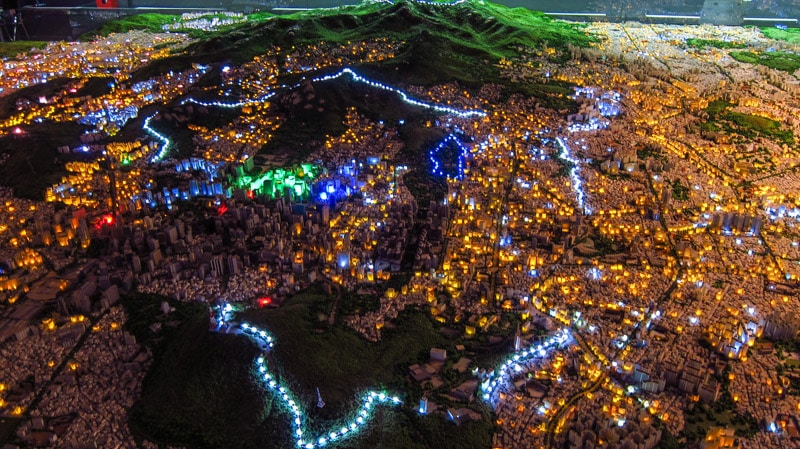
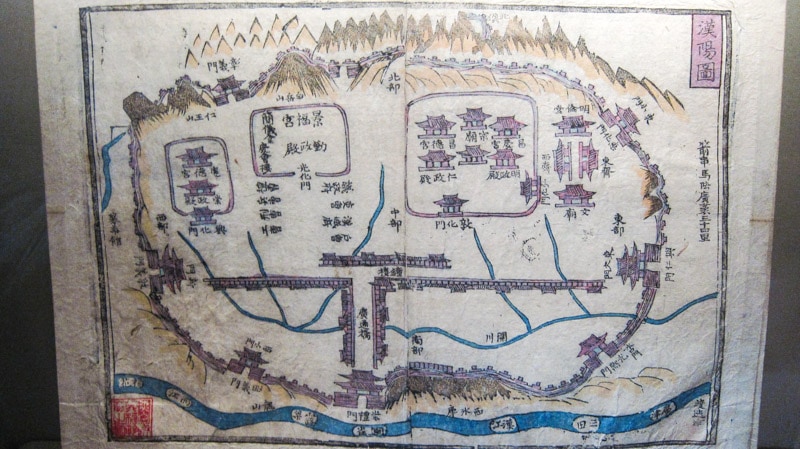
The museum is split up into four zones.
Zone 1 is Seoul of the Joseon Dynasty (1392-1863). This zone depicts Seoul throughout the Joseon Dynasty from the establishment of the capital city, known then as Hanyang, until the opening of the port. It also describes areas within the fortified capital, such as Bukchon, as well as areas outside the fortress walls. It also presents the daily life of the citizens.
Zone 2 is The Capital of the Daehan Empire (1863-1910). This zone depicts Seoul as it transformed from the opening of the port through the end of the Great Han Empire. Relics here are from a time when citizens of Seoul experienced pressure from reformation and from the beginning of the colonization of Korea by Japan.
Zone 3 is Seoul Under Japanese Control (1910-1945). During this period, the Joseon Dynasty came to and end as Korea was colonized by Japan. Modern culture slowly spread throughout the country while conflicting with the pressure of Japanese imperialists.
Zone 4 is Development of Seoul (1945-2002). This zone describes the transformation of Seoul from its liberation from Japan to the World Cup in 2002. See how Seoul has changed from a war torn city into the modern and mega city it is today.
The Special Exhibition Hall, Museum Shop, and a cafe can be found on the first floor. There is also an exhibit for relics which were donated during the Relic Donation Campaign. The main exhibit halls are located on the third floor.
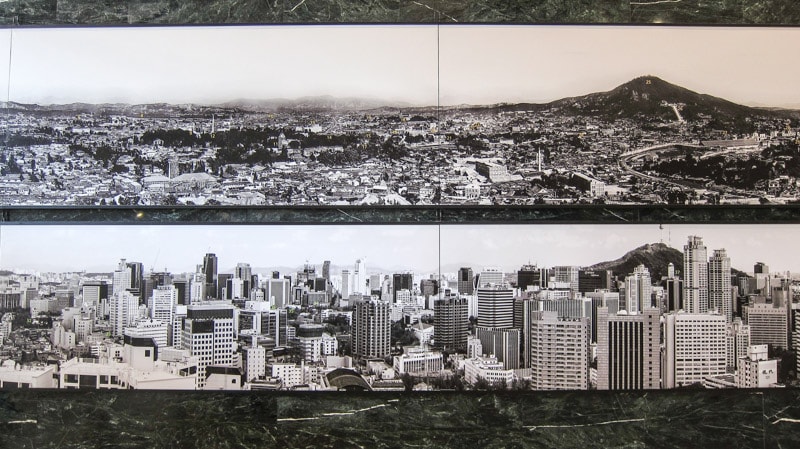
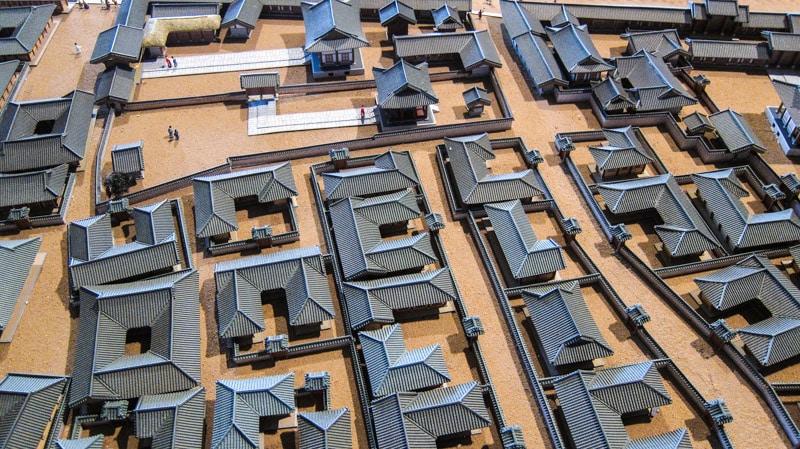
Seoul Museum of History Information
Hours
March-October
Weekdays : 9:00-21:00
Weekends and Holidays : 9:00-19:00
November-February
Weekdays : 9:00-21:00
Weekends and Holidays : 9:00-18:00
Closed on Mondays
Admission
Free
How to Get Here
Take Subway Line 5 to Gwanghwamun Station (Exit 7).Make a U turn when exiting the station.Make the second right onto Saemunan-ro and continue for 450 meters to reach the museum on the right.
Map
Nearby Sights
Gyeonghuigung Palace
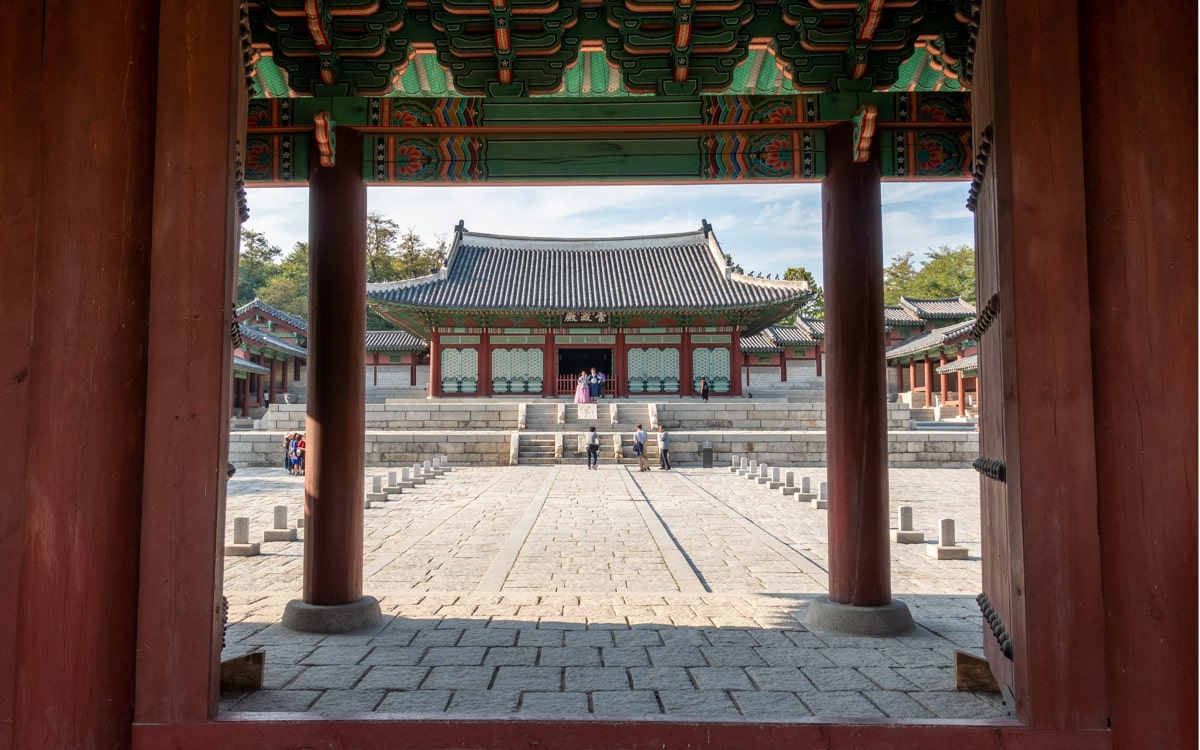
Gyeonghuigung Palace, one of five grand palaces built during the Joseon Dynasty, served as a secondary royal villa for the king during daily excursions. It was also used as a place of shelter during times of emergency. For over 200 years, ten kings resided at this location.
Former Russian Legation
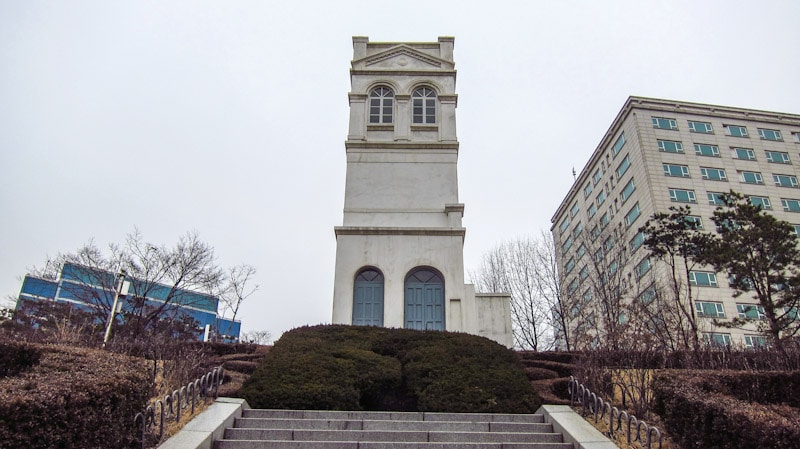
This Renaissance style white building is the former Russian Legation building. A legation is similar, but lower, than an embassy and houses offices of diplomats. The structure was built in 1890 during the 27th year of the reign of King Gojong. It was designed by A. J. Scredin Sabatine, a Swiss-Russian architect.
Statue of Admiral Yi Sunshin
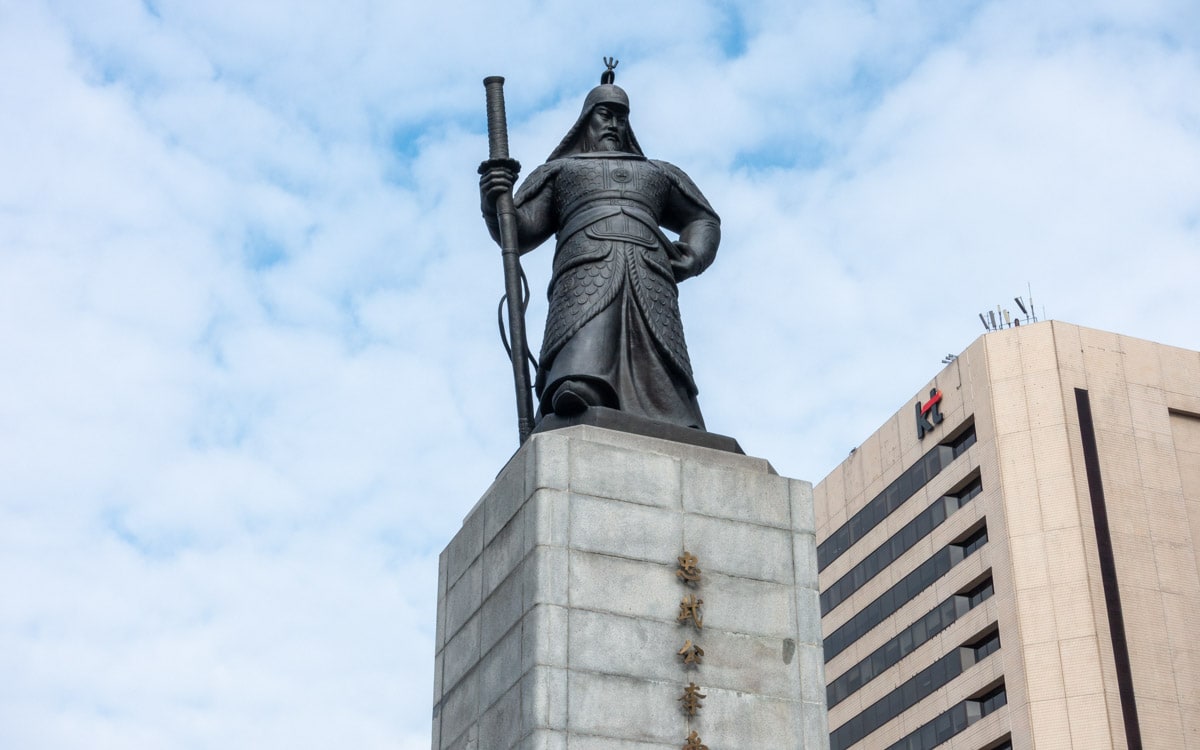
Walking south of the statue of the great King Sejong brings you to the towering statue of Admiral Yi Sunshin, also known as Yi Sun-sin. The statue is officially named 12.23 Fountain in honor of the 23 battles he fought using 12 warships. Yi, born on April 28, 1545, is best known for his military achievements during the Imjin War.
Chungdong First Methodist Church
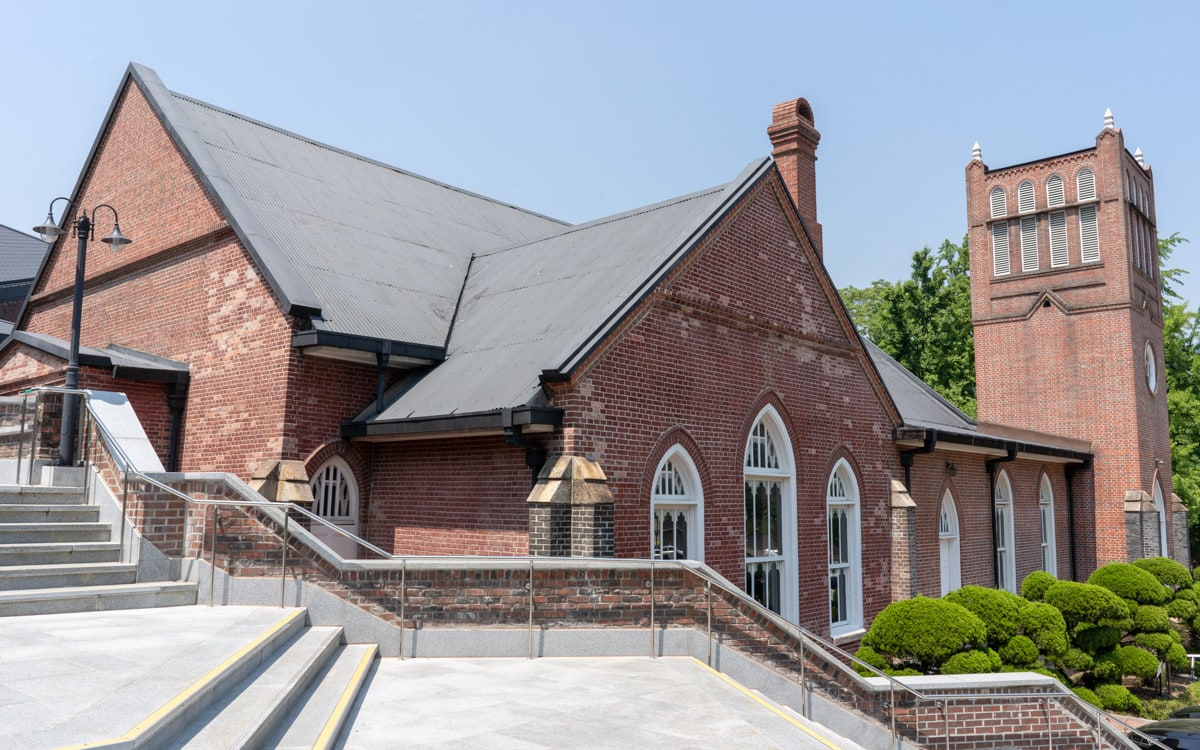
Chungdong First Methodist Church, established in 1897 by American missionary Henry Appenzeller, is the first Protestant church of Korea. The beautiful red brick church is located just down the road from Deoksugung Palace and Seoul Plaza.
40th Anniversary Monument of Gojong's Enthronement
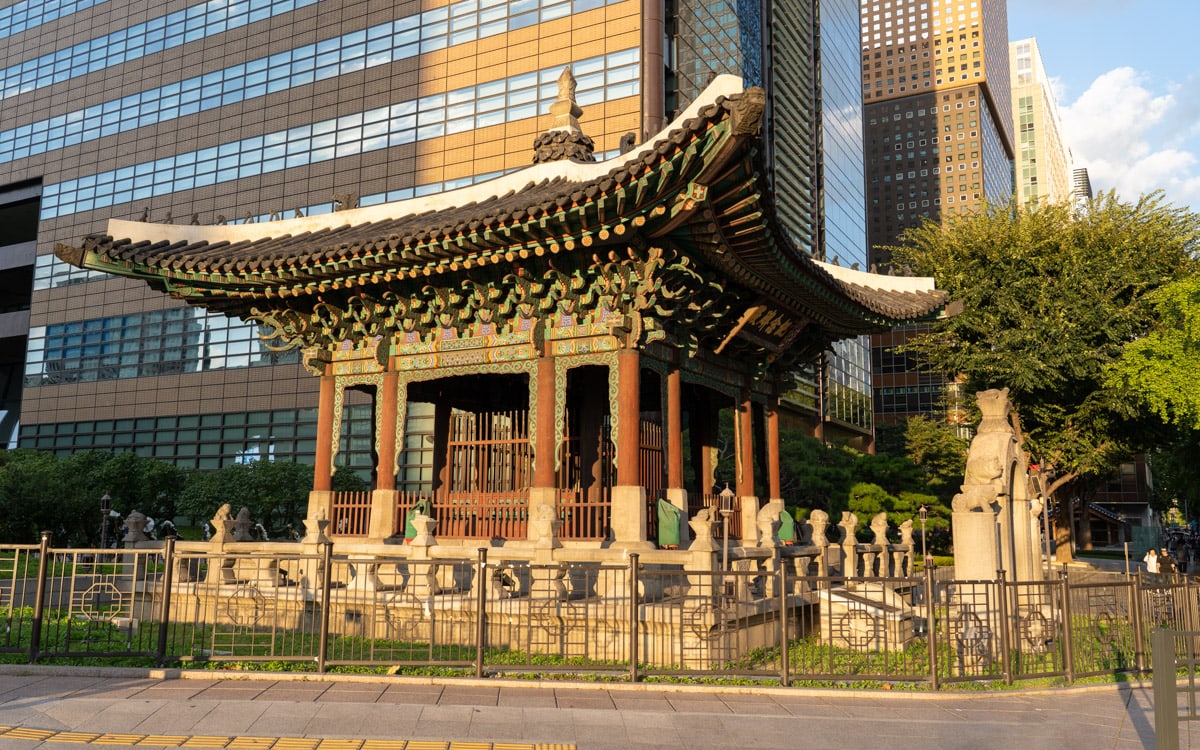
The 40th Anniversary Monument of Gojong's Enthronement was built to honor the 40th anniversary of the crowning of Gojong as the 26th Joseon Dynasty king. Gojong became king on December 13, 1863 at the age of eleven. His father, Heungseon Daewongun, ruled for him until he was an adult in 1873.
Seoul Anglican Cathedral
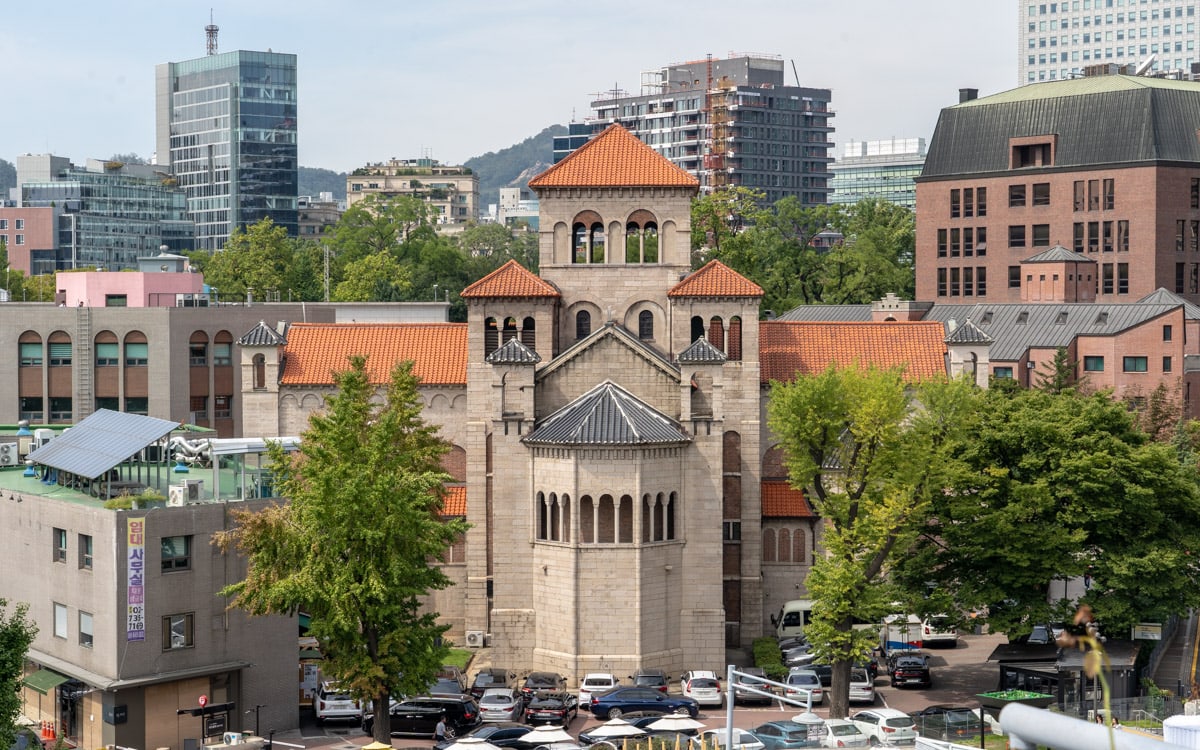
Seoul Anglican Cathedral is a Romanesque style Anglican church founded by Bishop C.J Corfe in 1922. It is located just west of Deoksugung Palace and Seoul Plaza. Its official name is Cathedral Church of Saint Mary the Virgin and Saint Nicholas.
Additional Resources
Viator by TripAdvisor
Viator is a popular online platform that helps travelers book tours, activities, and unique experiences worldwide, including in Seoul. It connects users with a wide selection of options – from sightseeing tours to cultural events and outdoor adventures – all offered by local providers.
Book Recommendations
For an immersive guide to Seoul, many travelers choose to bring a book along. Fodor's Seoul, for example, offers detailed recommendations on sights, restaurants, maps, and travel tips.
Learn more about book recommendations
Rakuten
Save money while exploring Seoul with Rakuten's cashback program. Book your hotels or other services through Rakuten and enjoy cashback rewards and exclusive deals.
If you sign up using the link below, you could earn $30 cashback on your first purchase over $30.
Klook
Klook offers discounted tickets and reservations for various attractions and services in Seoul, from theme parks and museums to tours and transportation options.
If you sign up using the link below, you will get $5 off your first order.
Last Updated on May 12, 2023